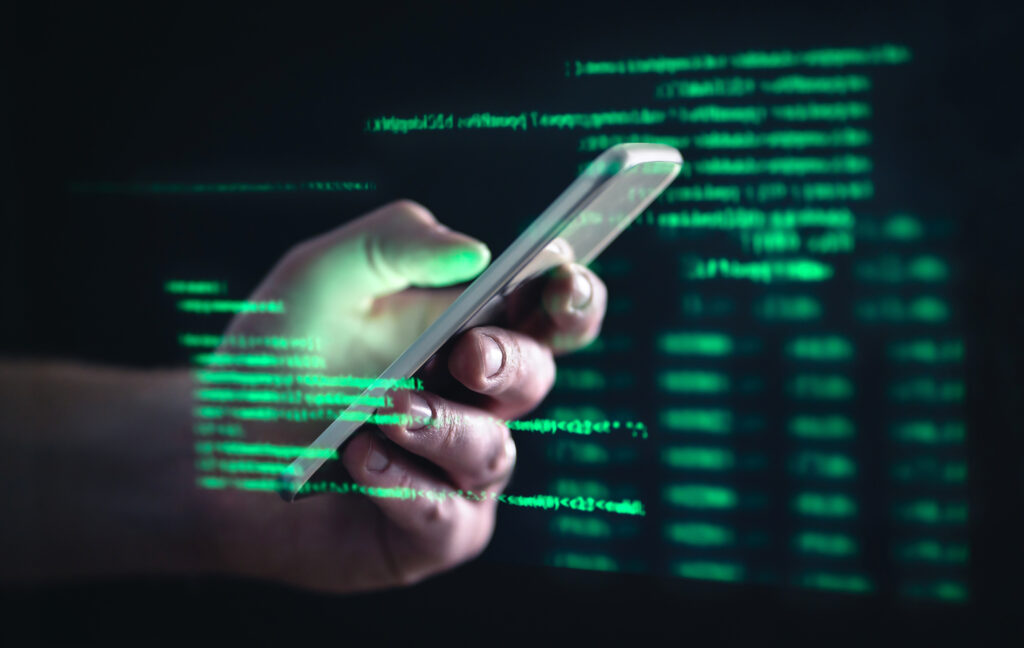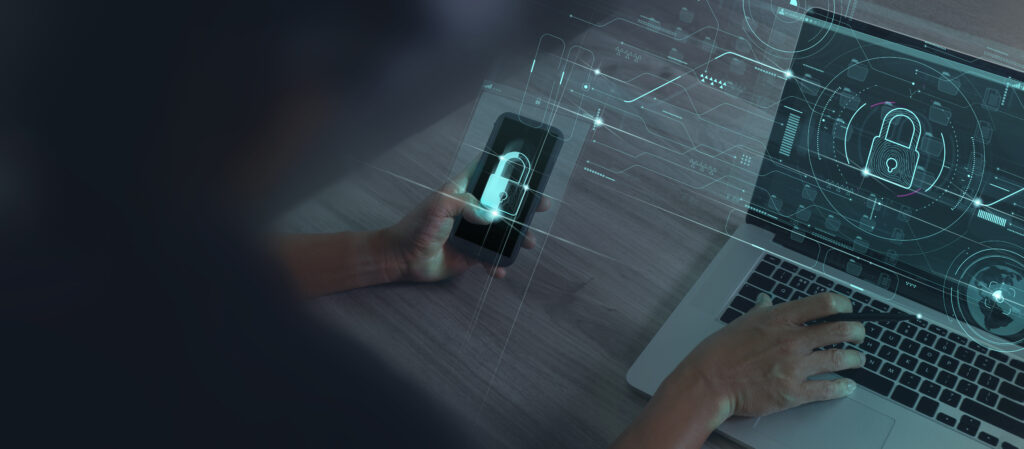In the wake of COVID-19, employees have experienced massive expectation shifts from their employers regarding their presence in the workplace. As a result, it is no surprise that workplace security has shifted drastically, as well. With many organizations employing hybrid and work-from-home structures, employees are facing new security concerns while being tasked with managing old ones. The aim of this article is to explore solutions to address the potential risks of remote work. That way, when your office inevitably debates new security measures, you know the best strategies to keep your data safe:
- Step One – Zero Trust
Zero-trust has emerged as a vital model for security. When properly employed, zero-trust models ensure that no users are granted access based solely on their network or physical location. The key principle of zero-trust is explicit verification: this means authenticating based on user identity, location, data classification, etc. (in other words: two-factor identification is your friend).
- The Future Is the Cloud
Another potential strategy to employ involves embracing the cloud. The cloud is a great example of rethinking security in both hybrid and remote environments as it allows your information to go wherever your work computer goes. Additionally, there are a number of cloud-specific security resources available to you and your organization.
- Create Organizational Policies and Shared Awareness
Despite everyone’s good intentions, the fact is that security breaches are bound to happen. However, the good news is that they are largely preventable. According to a study conducted by Stanford University, human error accounts for 88% of all data breaches. That means that following institutional protocols can defeat a vast majority of these attacks.
Basic Is Often Best
It can be easy to overcomplicate our solutions to data protection. But the fact of the matter is that the fundamentals of cybersecurity are fundamental for a reason: Whether you are working remote or a hybrid model, strategies like patching and two-factor identification are the building blocks of a strong defense. By following best practices, you can keep both your personal and work data safe.



